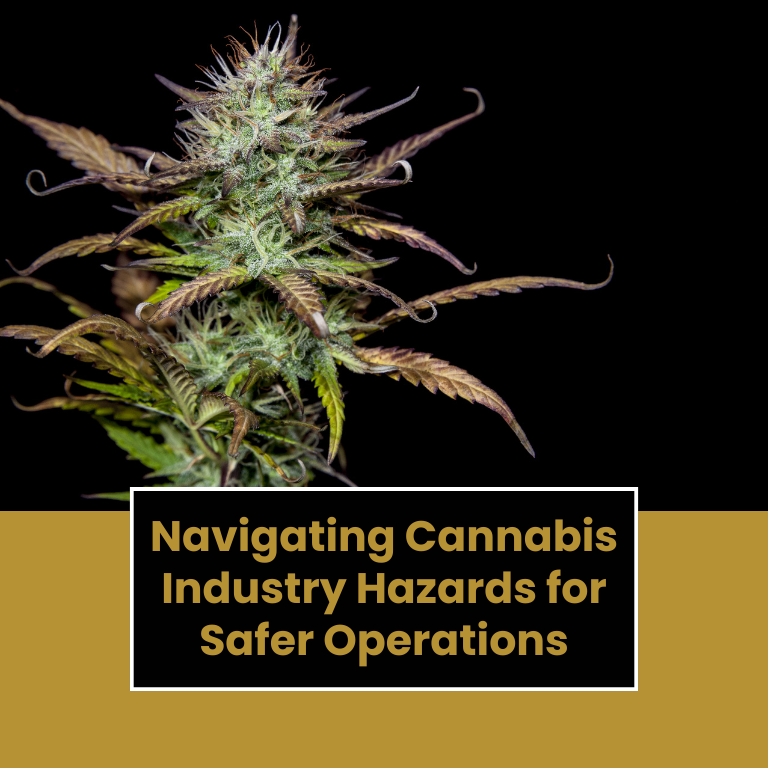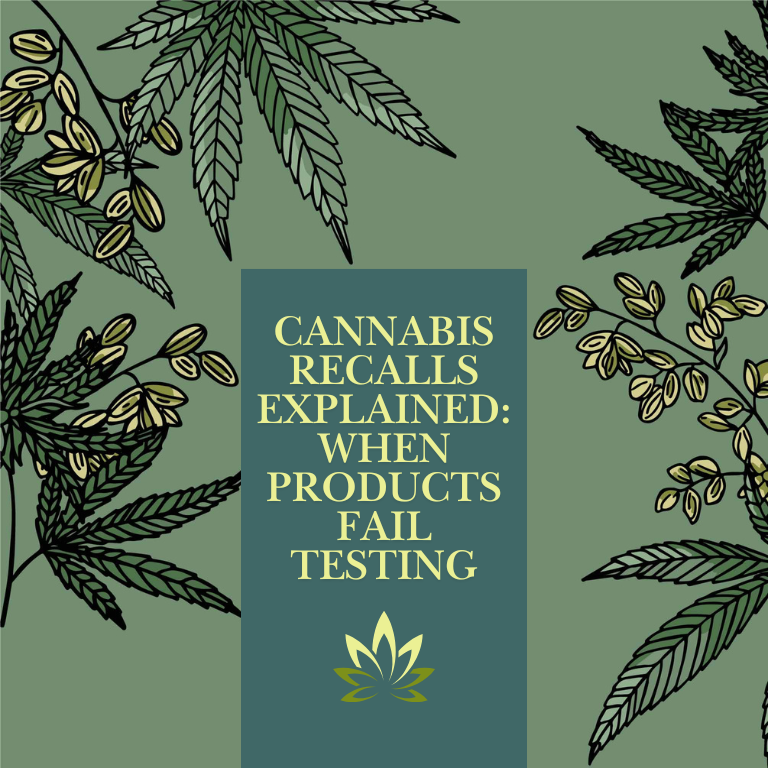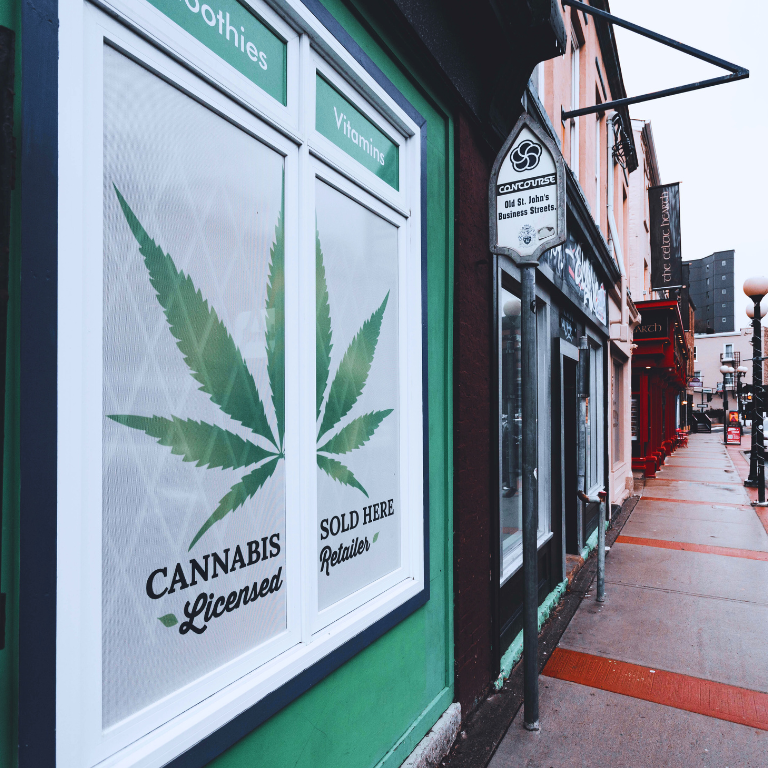The cannabis industry has experienced tremendous growth over the past decade as legalization spreads globally. While the rapid expansion has unlocked numerous opportunities for businesses and consumers alike, it has also brought a range of operational hazards that must be carefully navigated to ensure safe and sustainable industry practices. From regulatory complexities to health and safety risks, businesses operating in this sector face unique challenges that require proactive measures.
This article explores the key hazards facing the cannabis industry and provides strategies to mitigate them, allowing operators to maintain safer and more efficient operations.
Regulatory Compliance Challenges
One of the most prominent hazards in the cannabis industry is the complex and ever-evolving regulatory landscape. Cannabis laws vary significantly between jurisdictions, with each region imposing its own rules regarding cultivation, production, sales, and distribution. Compliance with these regulations is critical, as failure to do so can result in heavy fines, license revocation, or even criminal charges.
For instance, in the United States, cannabis remains illegal at the federal level, while many states have legalized its medical or recreational use. This discrepancy creates significant hurdles for cannabis businesses, particularly regarding banking, taxation, and interstate commerce.
Mitigation Strategy: Invest in Compliance Expertise
To navigate these challenges, cannabis operators should invest in legal counsel or compliance officers who specialize in cannabis regulations. Staying informed about changes in laws and maintaining meticulous records of operations can help businesses stay compliant and avoid costly penalties. Additionally, implementing automated compliance software can streamline the process by monitoring regulations in real-time and ensuring all aspects of the business remain within legal parameters.
Occupational Health and Safety Risks
The cannabis industry, like any agricultural and manufacturing sector, presents occupational health and safety risks for workers. These risks span across various stages of the cannabis supply chain, including cultivation, processing, and retail operations.
In cultivation facilities, workers are often exposed to repetitive motions, heavy lifting, and prolonged periods of standing, all of which can result in musculoskeletal injuries. Additionally, the use of pesticides and fertilizers can pose chemical exposure risks if proper precautions are not taken.
In processing facilities, workers may encounter hazards such as machinery-related injuries, noise exposure, and inhalation of dust or vapors from cannabis products. Lastly, retail workers may face the potential for robbery or physical altercations, given the high value of cannabis products and the prevalence of cash-based transactions in the industry.
Mitigation Strategy: Implement Strong Safety Protocols
To address these risks, businesses should develop and implement comprehensive safety programs that include worker training, proper use of personal protective equipment (PPE), and ergonomic workstations. Cultivators can adopt safer pesticide alternatives and ensure adequate ventilation in growing areas. Processors should maintain equipment safety standards, monitor air quality, and provide hearing protection where needed.
For retail workers, security measures like surveillance cameras, alarm systems, and secure cash-handling protocols can reduce the risk of robbery. In all areas of cannabis operations, a commitment to a strong safety culture can reduce incidents and create a safer environment for employees.
Product Safety and Contamination Risks
Cannabis products, whether for medical or recreational use, must meet strict quality standards to ensure consumer safety. Contamination risks can arise at various stages of production, from cultivation to packaging. Common contaminants include pesticides, mold, bacteria, and residual solvents from the extraction process.
Product contamination can have serious health consequences for consumers, particularly for those using cannabis for medical purposes. For example, mold or bacteria in cannabis products can lead to respiratory issues, while pesticides or solvents can cause toxic reactions. Additionally, inaccurate labeling of THC or CBD concentrations can pose risks, especially for novice consumers who may not understand dosing properly.
Mitigation Strategy: Rigorously Test and Monitor Products
To prevent contamination and ensure product safety, cannabis companies must adopt rigorous testing and quality control measures. Partnering with accredited third-party laboratories to test for pesticides, heavy metals, microbial contamination, and residual solvents is crucial. Regular audits and inspections of cultivation and processing facilities can further help to ensure that products meet regulatory standards and are free from harmful contaminants.
Adopting Good Manufacturing Practices (GMP) can also improve product safety by ensuring consistent quality throughout the production process. Additionally, clear and accurate labeling is essential to provide consumers with reliable information about the contents and potency of the cannabis products they are purchasing.
Fire and Explosion Hazards in Extraction Processes
Cannabis extraction is a critical part of the production process for many cannabis products, including oils, edibles, and concentrates. However, the extraction process can be hazardous, particularly when using volatile solvents like butane or propane. These chemicals are highly flammable and pose a significant risk of fire or explosion if not handled properly.
Improper ventilation, equipment malfunctions, or human error can lead to catastrophic accidents, endangering workers and causing extensive property damage. Even non-volatile extraction methods, such as CO2 extraction, carry risks if the equipment is not maintained correctly.
Mitigation Strategy: Focus on Safe Extraction Practices
To mitigate the risks associated with extraction, businesses should adhere to strict safety protocols and follow industry best practices. Ensuring proper ventilation in extraction rooms, using explosion-proof equipment, and regularly maintaining machinery are critical steps in preventing accidents. Workers should be trained on the safe handling of solvents, and extraction processes should be conducted in compliance with local fire codes and safety regulations.
Investing in closed-loop extraction systems, which minimize the exposure of solvents to the atmosphere, can further reduce the risk of fire or explosion. Additionally, ensuring that all extraction facilities are equipped with fire suppression systems and emergency shutdown procedures is essential for safeguarding both employees and property.
Security Threats and Theft Risks
Due to the high value of cannabis products and the prevalence of cash transactions in the industry, cannabis businesses are prime targets for theft. Security threats can come from both external and internal sources, including burglaries, armed robberies, and employee theft. In regions where cannabis is legal, businesses are often forced to operate as cash-only enterprises due to the ongoing restrictions on banking services, which exacerbates the security risks.
Ensuring the physical security of cannabis products, facilities, and financial assets is crucial to maintaining the profitability and integrity of cannabis businesses.
Mitigation Strategy: Strengthen Physical and Cybersecurity
To reduce the risk of theft, cannabis businesses should invest in robust security systems that include surveillance cameras, alarm systems, secure storage for products, and cash management protocols. Access control systems, such as keycards or biometric scanners, can restrict entry to sensitive areas of the facility, limiting the potential for internal theft.
Additionally, cybersecurity measures should not be overlooked. As more cannabis businesses adopt digital platforms for inventory management, sales, and marketing, protecting customer data and financial information is critical. Implementing firewalls, encryption, and regular cybersecurity audits can help safeguard against data breaches and fraud.
Environmental Hazards
The environmental impact of cannabis cultivation is another concern, particularly regarding water usage, energy consumption, and waste management. Indoor cannabis cultivation requires significant amounts of electricity for lighting, temperature control, and ventilation. Additionally, improper disposal of waste materials, including plant matter, packaging, and chemical byproducts, can harm the environment.
Mitigation Strategy: Adopt Sustainable Practices
To address these environmental challenges, cannabis cultivators can adopt more sustainable practices, such as using energy-efficient lighting systems, installing renewable energy sources, and recycling water through advanced irrigation systems. Implementing organic growing methods and reducing reliance on chemical fertilizers and pesticides can minimize environmental damage.
Additionally, proper waste management protocols, including composting plant materials and safely disposing of chemical waste, can reduce the environmental footprint of cannabis operations.
Navigating the hazards of the cannabis industry requires a proactive and comprehensive approach to ensure safer operations. From regulatory compliance to worker safety, product quality, and environmental sustainability, cannabis businesses must address a wide range of risks to thrive in this competitive and evolving market. By investing in safety protocols, security measures, and compliance expertise, operators can protect their employees, customers, and businesses, ensuring long-term success in the growing cannabis industry
Stay informed about the latest cannabis industry developments with Cannabis Risk Manager.













